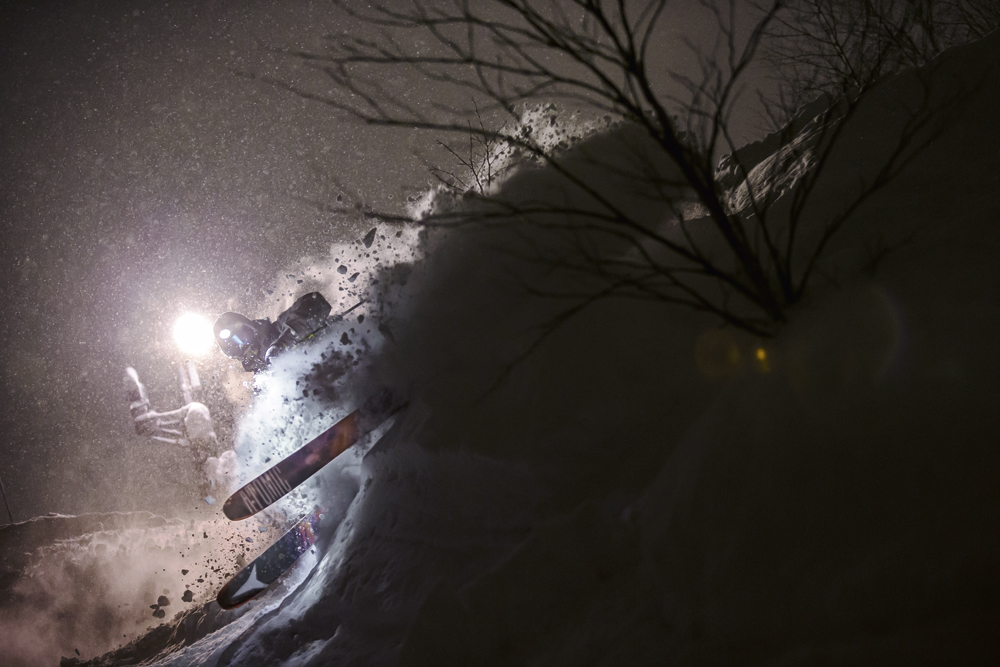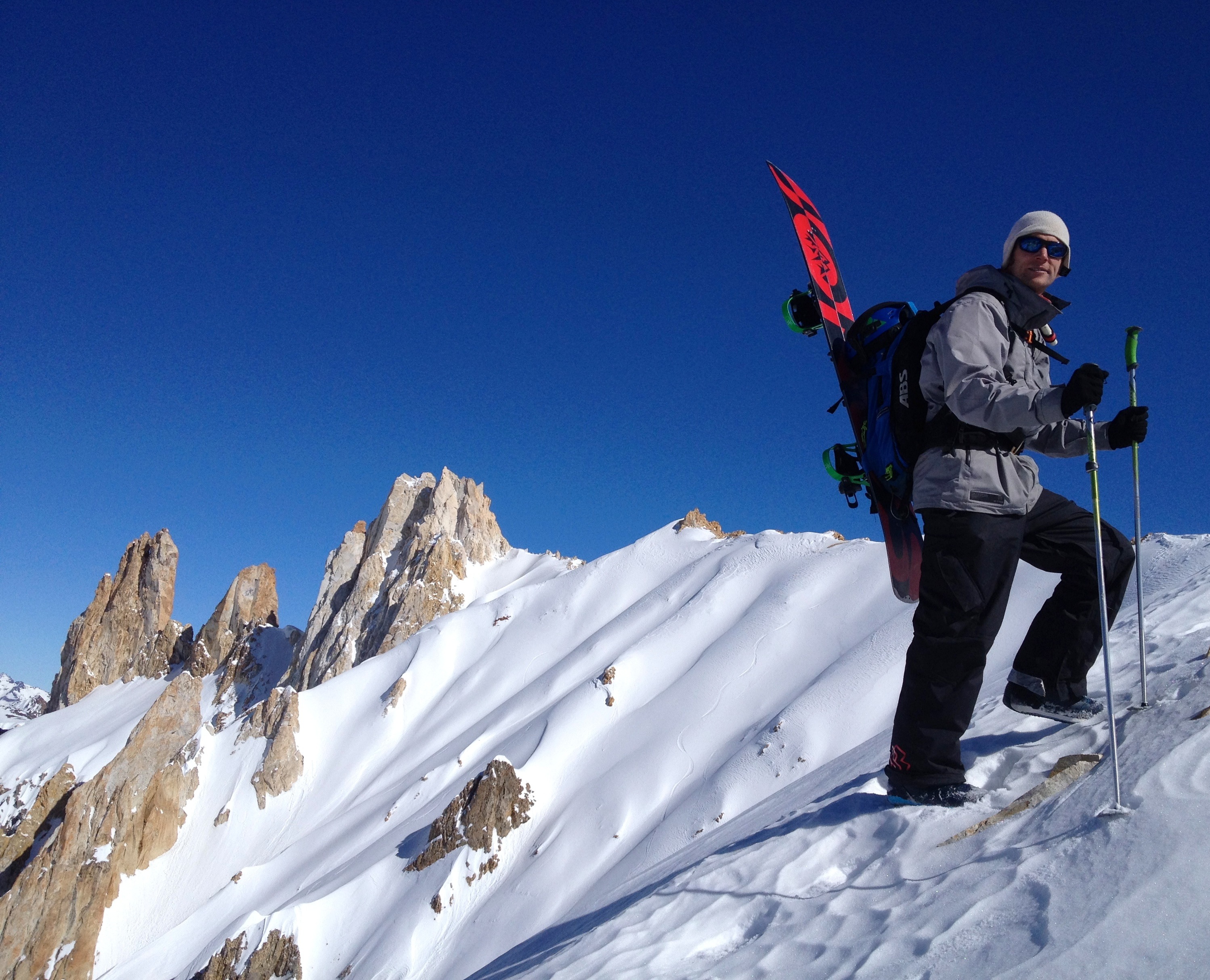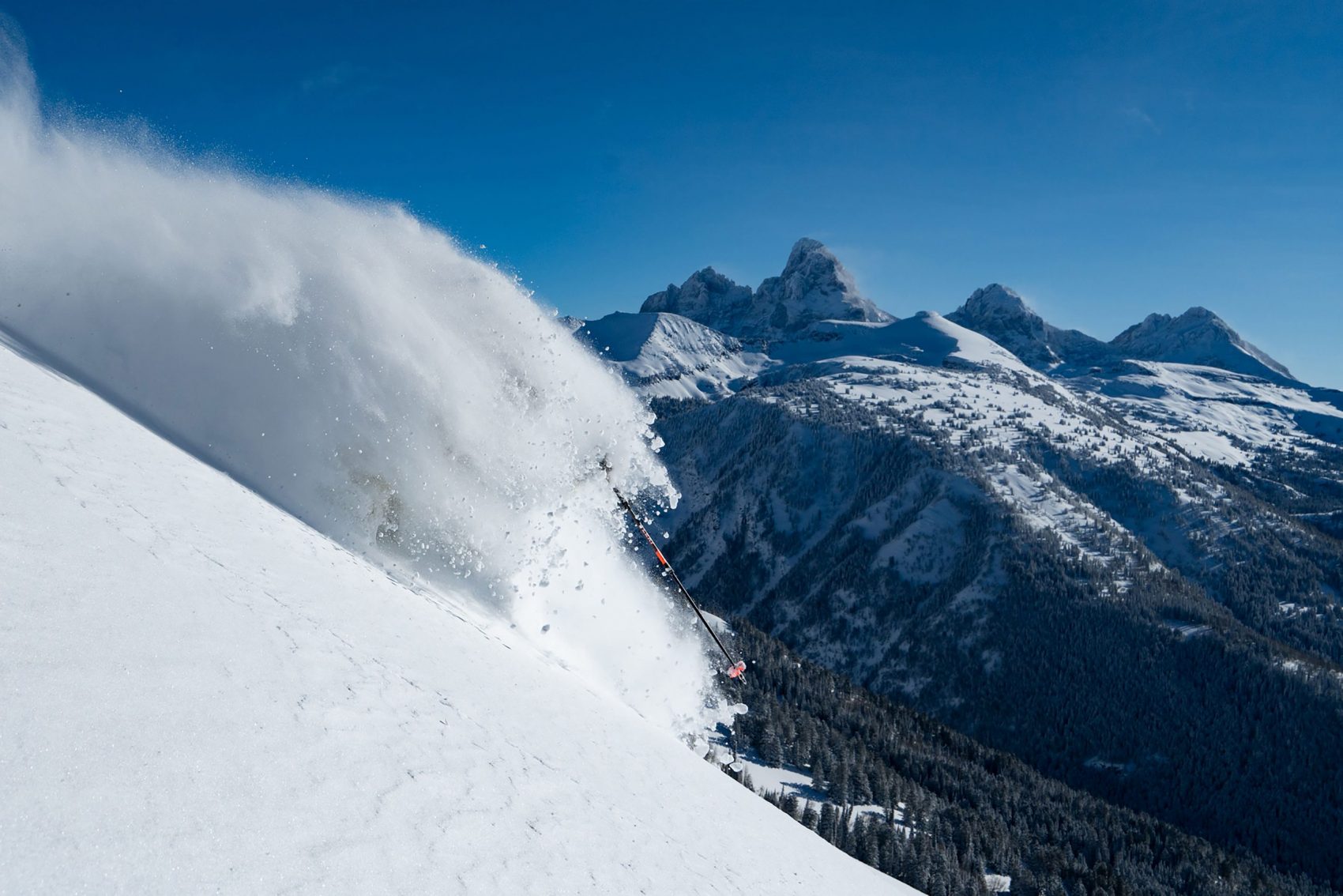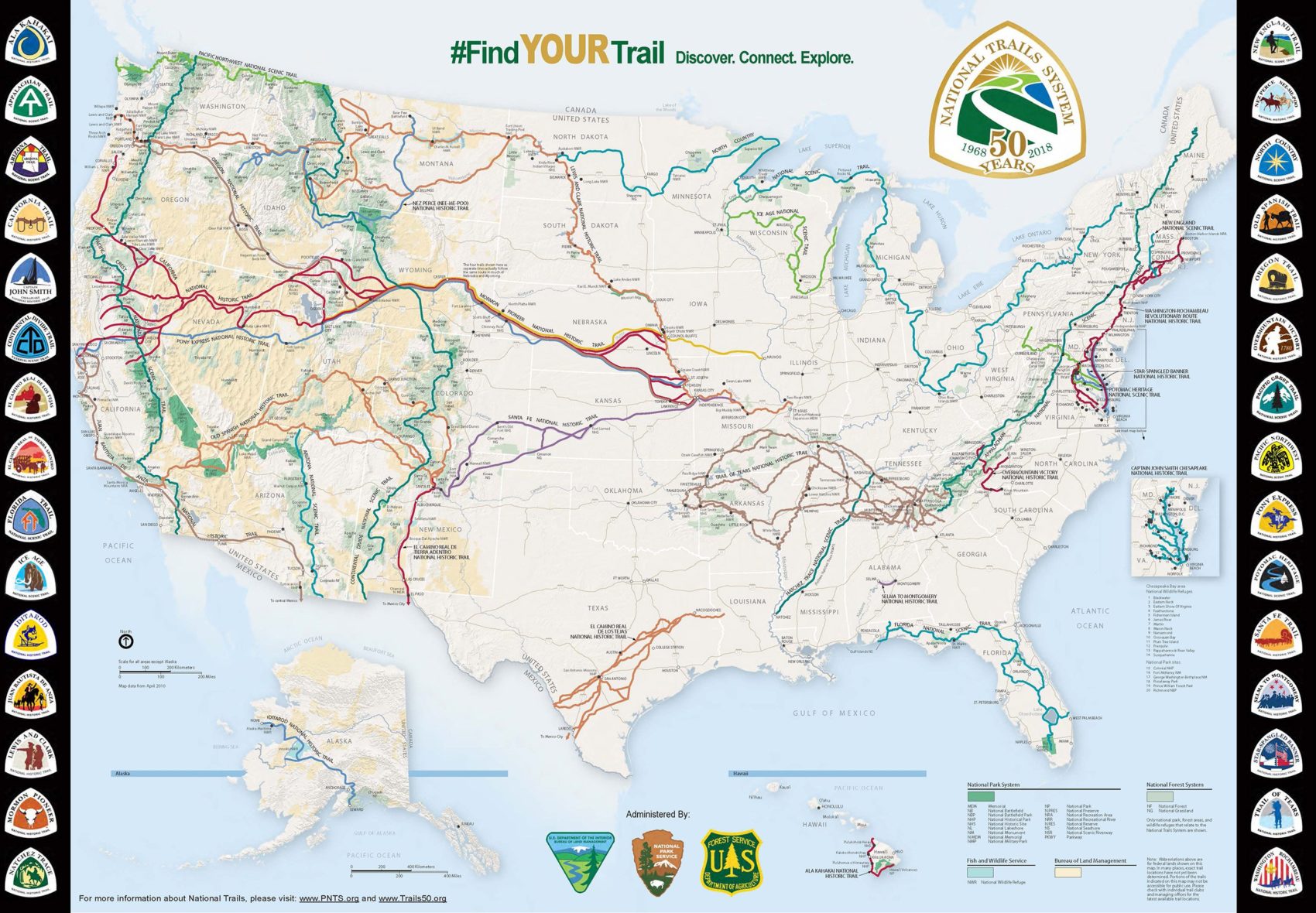
If you’ve been on a trail this summer, there’s a good chance you’ve already visited America’s expansive National Trails System. The United States is a geographically vast region, one home to endless and diverse terrain. However, with 88,600 miles of trail covering 90 National Forests, 80 National Parks, and more than 100 major metropolitan areas, the National Trail System is able to cover the most stunning terrain America has to offer. Founded in 1968 when Congress ratified the National Trail Systems Act, the trail system has offered Americans access to stunning vistas and authentic outdoor experiences for over 50 years. Since 1968, the trail system has heavily expanded; the Pacific Crest Trail Association reports that more than 230 million people now live within 60 miles of a National Trail.
Trails within the National Trail System are broken into three categories: Scenic Trails, Historic Trails, and Recreation Trails. Each category holds different distinctions, but all offer unique and unforgettable experiences. Scenic trails are long-distance trails, meaning they span for more than 100 miles. These trails are primarily used for outdoor recreation and offer world-class backpacking opportunities. There are eleven scenic trails, including the famed Pacific Crest, Appalachian, and Continental Divide trails. These three trails are perhaps the most well known in America, and for good reason.
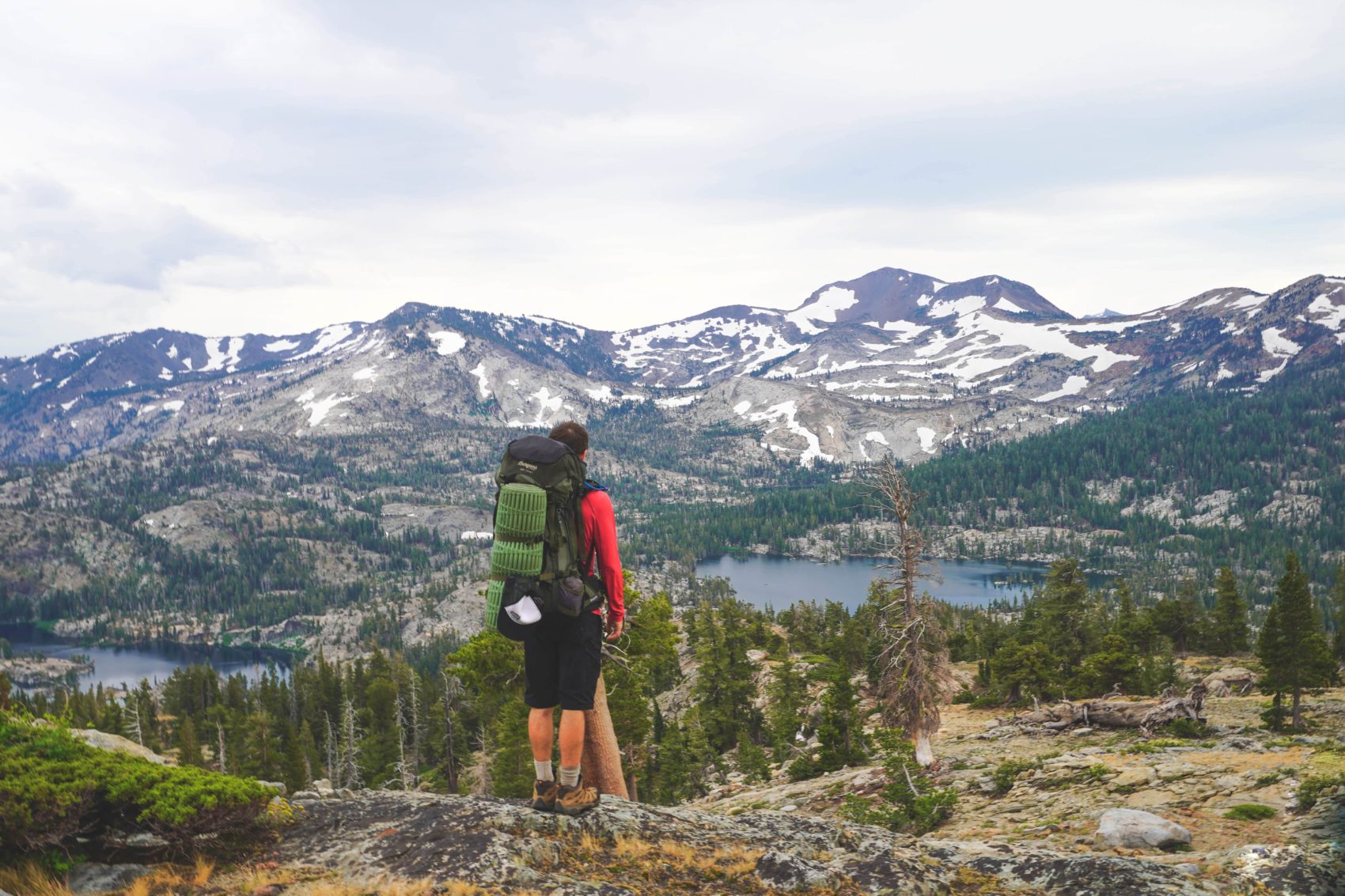
In backpacking communities, the “Triple Crown of Hiking” is rewarded to those who successfully hike the entirety of the Pacific Crest, Appalachian, and Continental Divide scenic trails. To win the prestigious honor, hikers must complete 7,900 miles of the National Trail System over 22 states, with a total vertical gain of over a million feet. Christian Thomas of Colorado is the youngest person to have completed the Triple Crown, finishing the challenge at just nine years old!
Historic Trails and Recreation Trails are the other two categories within the National Trail System. Historic trails follow routes of national historic significance, accurately retracing the steps of notable figures/campaigns. For instance, The Lewis & Clark National Historic Trail follows 4,900 miles of the original route taken by the Lewis & Clark expedition of 1804. Recreation trails are mostly located near metropolitan areas and offer urban residents easy access to the outdoors.

The National Trail System is expanding each year, continuing to offer Americans further access to rewarding outdoor experiences and breathtaking views. The National Trail System isn’t just about trails, it’s about experiences. The United States is a beautiful land that offers beautiful outdoor experiences, and it’s up to us to ensure our children can continue to admire the same jaw-dropping sights we were raised with. Thankfully, the National Trail System is only just getting started.


